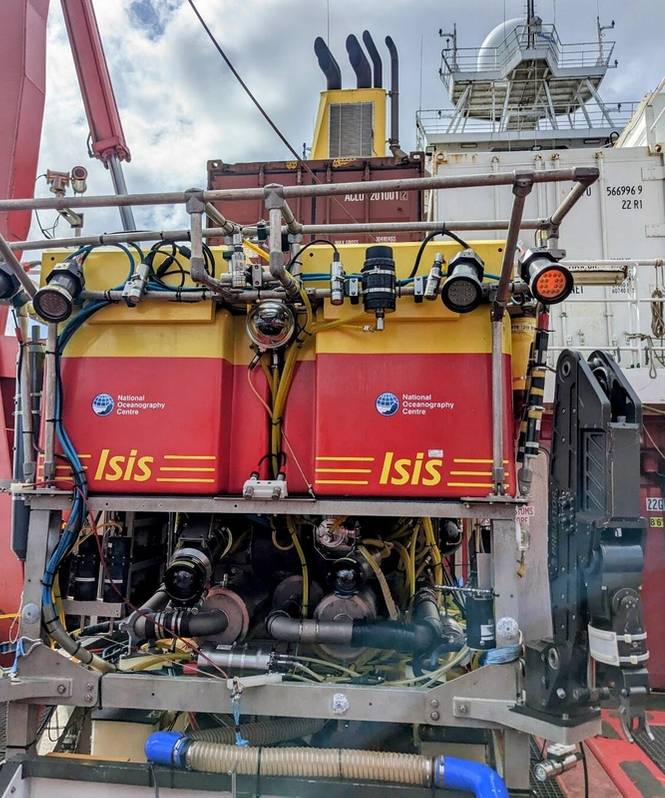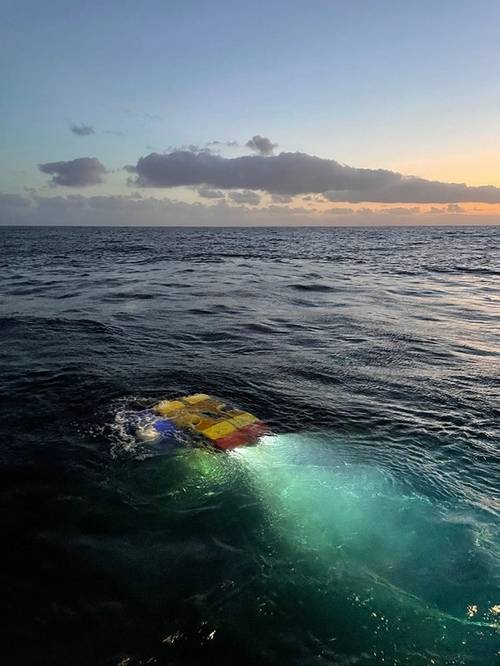NOC Expedition Seeks Answers on Subsea Mining Impacts
Scientists from the National Oceanography Center (NOC) have embarked on a month-long research expedition from Costa Rica to the Central Pacific to understand the impacts of deep-sea extraction of polymetallic nodules on the seabed. These are hard rock like materials, highly enriched in metals found on the sea floor.
The Seabed Mining And Resilience To Experimental impact (SMARTEX) project will provide the critical scientific understanding to reduce the risk of extracting these nodules in a 6 million sq km region of the central Pacific Ocean.
The polymetallic nodules are highly enriched with metals including copper, nickel, cobalt and manganese. These are important in the construction and development of sustainable technologies such as batteries, electric cars, and renewable energy devices. As such, they are highly sought after across the world. The SMARTEX project will be vital in developing understanding of the impacts of deep-sea mining and developing a safer, more sustainable way to extract these metals to protect the abyssal ecosystem. The nature of these areas is largely unknown, including its capacity to cope with and recover from wider extraction projects.
Dr. Daniel Jones, Associate Head of the Ocean BioGeosciences group at the National Oceanography Centre, said: “Removing metal from the sea floor leads to a change in the structure of the seabed, its shape, and the nature of the sediments within. Understanding the impacts of extraction on these areas as well as the recovery of the environment is a critical part of SMARTEX. The way that seabed life responds to mining will be determined by understanding how mining affects the numbers, types and distribution of animals.
NOC’s SMARTEX project supports the UK Government’s Critical Minerals Strategy which listed the minerals considered of critical importance as well as the long term strategy for diversifying and improving the supply chain of these minerals. The strategy also asks important questions about whether to engage in the extraction of metals and minerals on the seabed and how to do it.
The expeditions runs from February 5 to March 26, 2023 from Costa Rica to the Central Pacific in an area called the Clarion Clipperton Zone (CCZ) at abyssal depths of almost 5,000 meters. SMARTEX is funded by the Natural Environment Research Council (NERC) and its project partners. Natural History Museum, British Geological Survey, Heriot Watt University, JNCC, (Joint Nature Conservation Committee), Liverpool University, SAMS (Scottish Association of Marine Science), University of Plymouth, University of Southampton.
 Image courtesy NOC
Image courtesy NOC














 December 2025
December 2025



